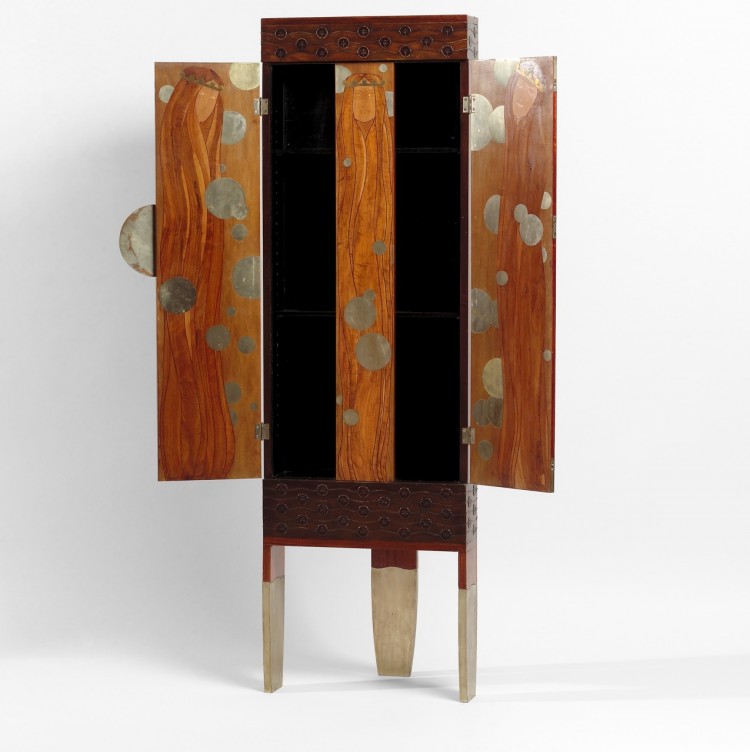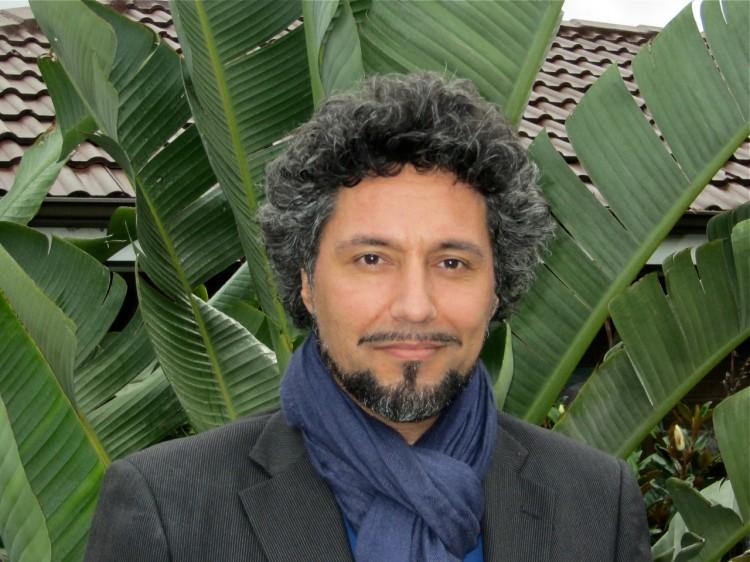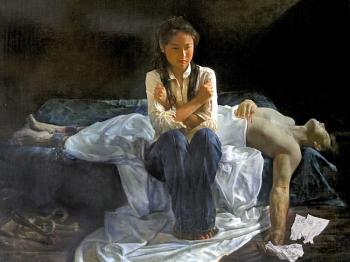A Storm in Turn-of-the-Century Vienna’s Cup
It is the first time that an exhibition of this size and scale focusing on the exquisite design of Vienna is shown in the southern hemisphere and it marks a coup for the National Gallery of Victoria.
|Updated:





